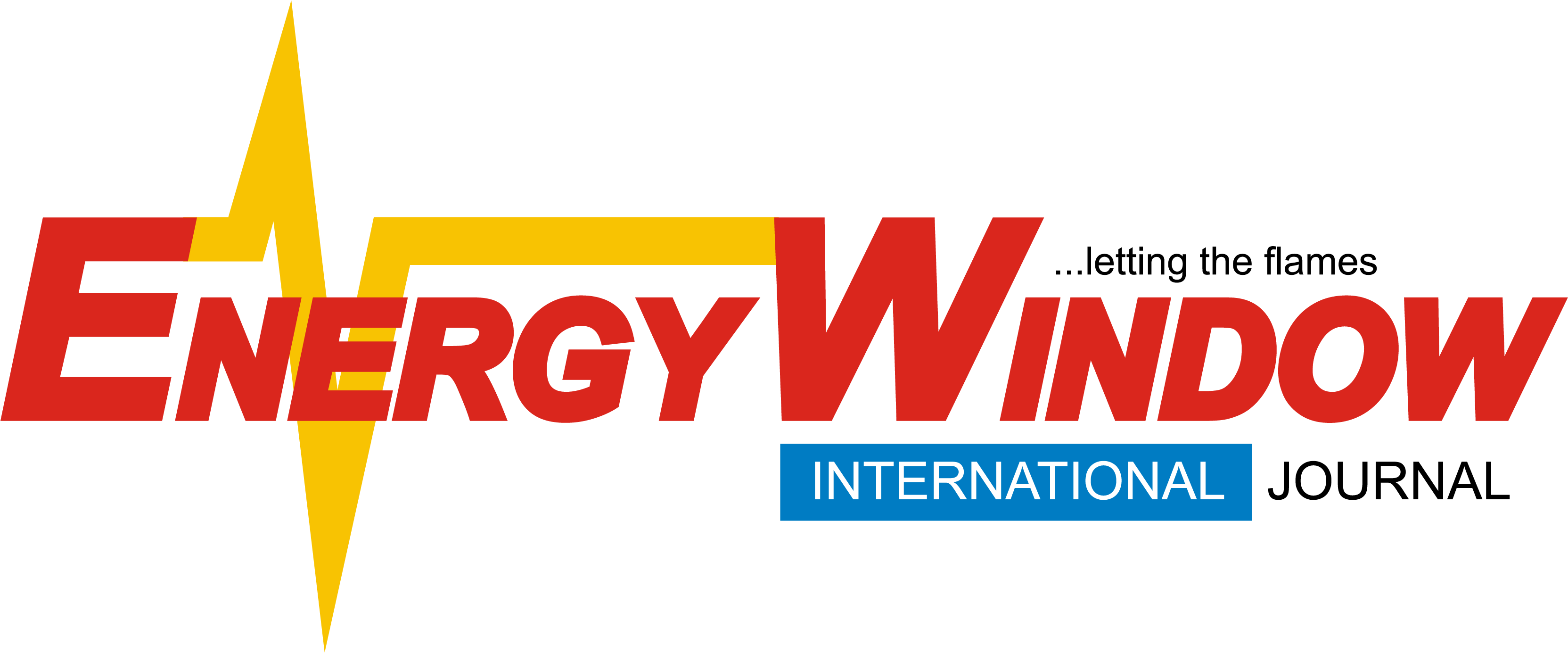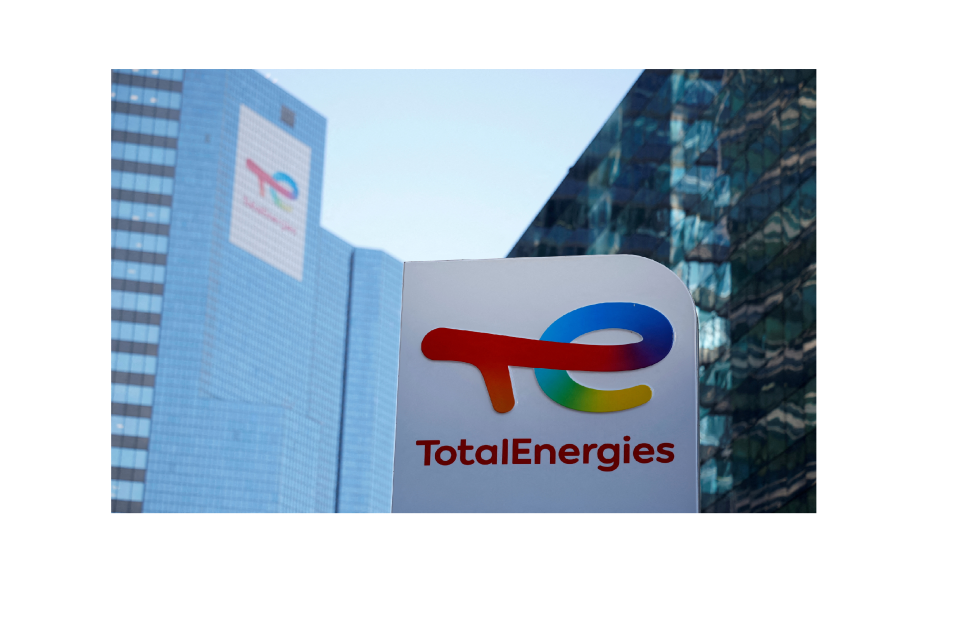- Reechoes the slogan – “more energy, less emissions, more free cash-flow;”
- Says it will continue to advance its balanced and profitable multi-energy strategy;
- Sees energy production growth of 4% per year – (2024 until 2030)
- This is plus $10 billion underlying free cash flow growth;
- And buy-backs of $8 billion in 2024;
- Plus $2 billion per quarter in 2025.
TotalEnergies says it is advancing its balanced and profitable transition strategy which it has anchored on two pillars: Oil & Gas, notably LNG, and electricity, growing its global energy production (oil, gas, electricity, bioenergy) by 4% per year through 2030 while drastically lowering the emissions from its operations (-40% on Scope 1+2 net in 2030 vs 2015 and – 80% on methane in 2030 vs 2020), Patrick Pouyanné, Chairman and CEO, and the members of the Executive Committee were in New York to make this presentation on behalf of the French major, email to Energy Window International has disclosed.
Statement reveals that, resulting from the transition strategy, the average carbon content of TotalEnergies energy sales will be 25% lower in 2030 versus 2015.
TotalEnergies further stated that since its last outlook in September 2023, it has de-risked its growth and profitability perspectives in several ways:
- That its oil and gas production will see average growth rate of ~3% per year until 2030, to be led by LNG, attributing this to the launch of six major projects in 2024 (two in Brazil, Suriname, Angola, Oman, Nigeria) that de-risk, high-grade and extend guidance from 2028 to 2030. It adds that over the next two years 2025 and 2026, growth will exceed 3% per year, the consequence of the start-up of several high margin projects (US GoM, Brazil, Iraq, Uganda, Argentina, Malaysia, Qatar) – a combination representing an “accretive in net income per barrel and cash-flow per barrel.” It said that in 2024, the Company has de-risked its LNG exposure to spot gas prices by signing long-term LNG sales contracts mainly indexed on Brent, and also by developing its upstream gas production in the US through two low-cost acquisitions.
It notes that natural gas is at the core of its transition strategy through an outstanding LNG growth (+50% over 2024-2030) and a gas-to-power integration supporting its profitable Integrated Power strategy to complement the intermittent renewables.
Growing electricity generation, reaching more than 100 TWh in 2030, of which 70% will be renewable and 30% flexible-based, representing nearly 20% of global energy production of the Company should be, the Company says, its major priorities. Adding that by actively completing in 2024 its integrated model in key targeted deregulated markets, Integrated Power is making progress on its main levers to achieve at least 12% ROACE by 2028-2030, and “net cash” positive by 2028.
It also said it confirmed net investments between $16-18 billion per year during 2025-2030, of which around $5 billion will be dedicated to low-carbon energies; This is while maintaining that it will retain its flexibility in order to reduce its net investments by $2 billion, in case of a sharp drop in prices. This also is while attributing growth to what it called, “clear and disciplined investment policy and the perspective for +$10 billion of free cash flow growth by 2030 (versus 2024 at same price deck), the Board of Directors who also confirmed shareholder return2 of over 40% of cash flow through cycles – all of which also helped in making some valuable decisions hereunder spelt out as follows:
- That in 2024, it has $8 billion in share buybacks3, in execution, corresponding to approximately 5% of its capital, with “anticipated shareholder return2” standing above 45% of 2024 cash flow.
- To continue to share, in 2025, buybacks3 of $2 billion per quarter, (all market indices being equal), plus the idea of increase the dividend per share by at least 5% based on the 2024 share buybacks.

